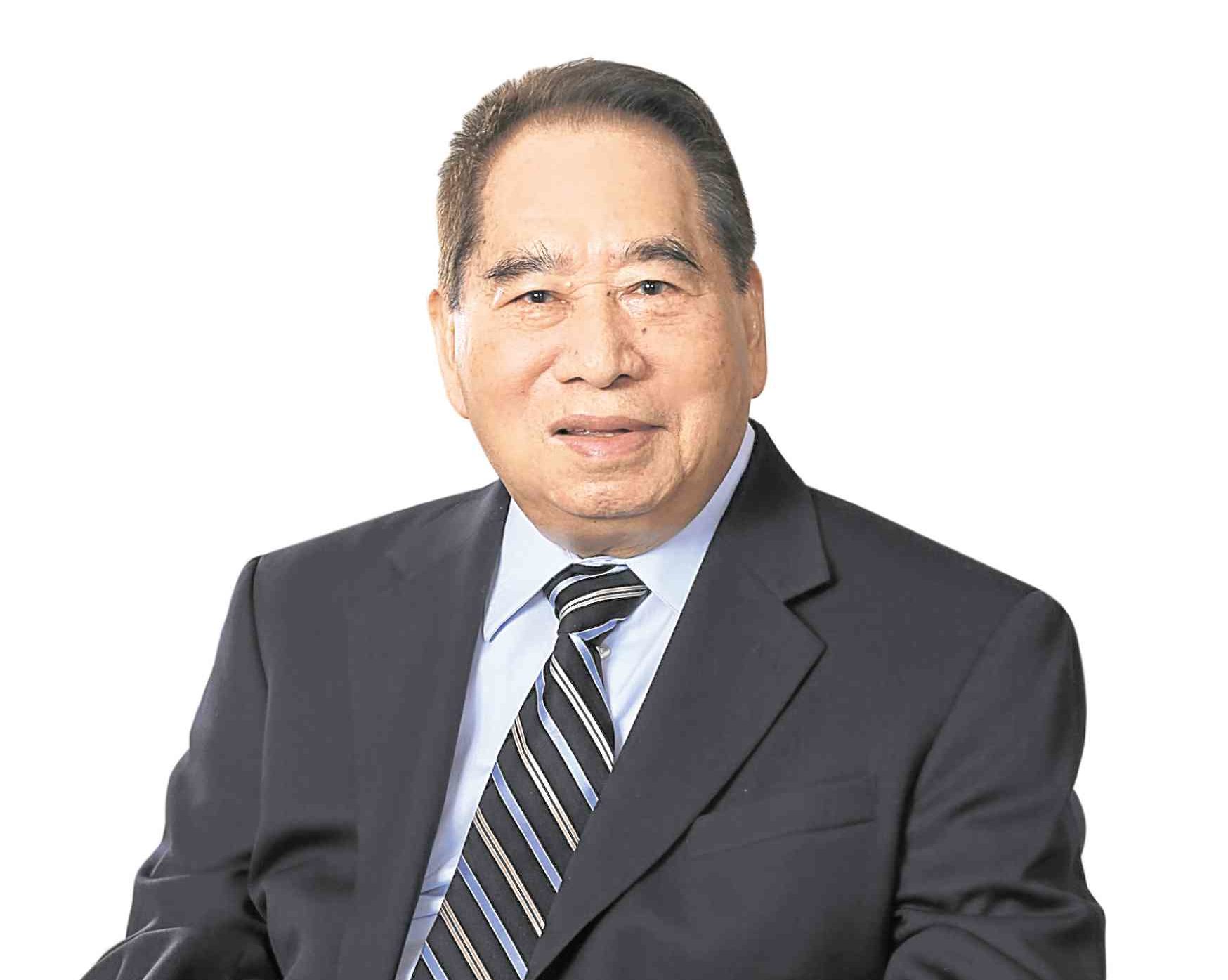Decoding Henry Sy’s top growth strategies
Any discussion of marketing and entrepreneurship in the Philippines is not complete without talking about SM and its founder, Henry Sy Sr.
The legendary king of retail, banking and stock market valuation (his SM Investments and SM Prime are both worth over a trillion pesos), Sy, who passed away on Jan. 19, was a strategist worth emulating.
I often wondered:
What drove him to start a new mall category when he was already operating department stores?
How did he mitigate the risk of a new category at the time when the interest rate was so high and political stability was low?
What drove this rags-to-riches man to surpass everyone and be the richest man of the Philippines with his last net worth at $19 billion (as of Jan. 20, 2019, as estimated by Forbes), outranking even the old rich of the Philippines?
There appears to be five ways to grow and expand, as can be seen in the strategies of the late Sy.
Product (from the core to the peripheries) —He started a small shoe store in 1946 at age 21, then carried more types of shoes in Carriedo in Quiapo. From shoes, he expanded to thousands of other nonshoe items serving his core “masa” customers, leading to the creation of the bigger SM Department Store in 1972.
From department stores (now rebranded as The SM Store), he went into supermarkets, applying the same retail principles of managing hundreds of thousands of items under different retail and product categories serving the main customers, moving from the core to the peripheries.
Geography (from Manila to the provinces, to other countries) —The SM Department Store expanded aggressively in the 1980s (Cubao, Harrison Plaza), eventually opening in all key provincial cities. He also expanded abroad by opening several malls in China.
Business model (From a focused company to a conglomerate)—Diversification and synergy became the business model of the SM Group. His retail group not only operated SM’s own stores but expanded, acquiring either distribution rights or forging joint ventures with major foreign brands like Uniqlo, Forever 21, Ace Hardware and Watsons.
Building malls led to property development (SMDC), complemented by a separate banking unit (BDO) where both shoppers and tenants can benefit, hospitality (hotels, SMX) and education (Asia Pacific College, National U).
Market (From the masses to the rich to corporate clients)—High-end malls were soon established to cater to the richer clients. Corporate markets were likewise tapped by sister companies like BDO.
Channel (from retail to omnichannel) —From operating large malls—including four of world’s biggest: SM North Edsa (in 1985), Megamall (in 1991), MOA (in 2006) and SM Seaside Cebu (in 2015)—the SM group also expanded to e-commerce to capitalize on the growing customer preference to transact online instead of going to the malls or department stores.
From these growth strategies emerged a cluster of competitive advantages that have made the SM group hard to beat.
It has access to low-cost funds by virtue of being listed on the Philippine Stock Exchange, for example, and its distribution reach and clout developed over decades have enabled it to command a higher profit margin.
One would think Henry Sy simply had a lot of common sense, but an analysis of his companies as well as the timing of his decisions leads one to conclude that he not only allocated appropriate resources, and hired the right people who had the discipline of execution to help him create the future, he also innovated constantly.
Examples include the launch of SM North Edsa as the country’s first large mall, and the decision for BDO to operate on weekends, making it the first to do so.
The Chinese character for danger has two words, pronounced as Wei (opportunity) and Chi (crisis), and Henry Sy clearly saw more opportunities in crisis, truly a man of uncommon sense. —CONTRIBUTED
